What Are Irish Scones?
Irish scones are close relatives to English scones. They are made with a simple combination of flour, sugar, baking powder, salt, butter, and milk. Dried currants or raisins are a common addition and sometimes an egg is added to the dough to enrich it.
They aren’t as sweet or rich as American scones because they don’t contain as much butter or sugar. They’re intended to be plain, simple, and only moderately dense so that they can be enjoyed with butter, jam, or clotted cream. I also love serving them with lemon curd!
English Vs. Irish Scones
While quite similar, what distinguishes Irish scones from English scones is that they typically contain a bit less sugar. They’re also made with less leavener, so they’re slightly flatter and smaller.
It’s important to note that no two Irish families make their scones the same way. Like so many things, especially in the kitchen, minute details are debated. This recipe is just one iteration. No matter what, though, they’re the perfect treat at teatime or breakfast.
How To Store and Freeze Scones?
These Irish scones are best enjoyed fresh out of the oven, but you can also enjoy them warm or at room temperature.
Store leftovers in an airtight container on the counter for up to 3 days. Alternatively, freeze leftover baked scones, thaw on the counter overnight, and rewarm them in a 400°F oven
If you’d like to make these scones ahead of time, you can also freeze them unbaked on the parchment-lined baking sheet. Transfer the scones to a zip-top freezer bag once frozen and bake them off directly from the freezer, as directed brushing them with the milk before baking. You’ll likely just need to tack a minute or two onto the baking time
Note:
This recipe calls for grating frozen butter. Place a stick of butter in your freezer for at least 15 minutes while you work on other steps in the recipe, or you can keep a pound of butter in your freezer for exactly these occasions.
Ingredients:
- 2 cups (257g) all-purpose flour, plus more as needed
- 1 tablespoon (13g) granulated sugar
- 2 3/4 teaspoons (10g) baking powder
- 1/2 teaspoon (2g) kosher salt
- 2/3 cup plus 1 tablespoon whole milk, divided
- 1/2 cup dried currants or raisins
- 1 large egg
- 4 tablespoons unsalted butter, frozen
To serve:
Jam and butter
Method:
Prepare a baking sheet and combine the dry ingredients:
Line a rimmed baking sheet with parchment paper.
In a large bowl whisk together the flour, sugar, baking powder, and salt. Set aside.
Combine the wet ingredients:
Measure out 2/3 cup milk. In a medium bowl whisk together about half of the milk along with the currants and the egg. You will use the rest of the milk later. Set the bowl and remaining milk aside
Grate the butter:
Place a box grater over the prepared baking sheet. Grate the frozen butter on the large holes of a box grater. When you get down to a small nub of butter, chop it into a few small pieces.
Add the butter to the dry ingredients:
Use the parchment paper as a sling to transfer the butter to the dry ingredients and then return the parchment paper to the baking sheet. Use your fingers to toss the butter in the flour, breaking up any clumps, until the butter and flour are evenly coated.
Combine wet and dry ingredients to make the dough:
Carefully drizzle the egg mixture over the butter-flour mixture in the large bowl. Use a fork or your hands to combine and lightly mix. The mixture will start to look sandy.
Add the remaining reserved milk 1 tablespoon at a time, continuing to combine with a fork or your hands, until a rough and lumpy but cohesive dough ball forms without any dry spots; do not overwork the dough. You may not use all the remaining milk.
Shape the dough:
Turn the dough out onto a floured work surface and pat it into a rough 3/4-inch-thick circle about 8 inches in diameter.
Cut the dough into scone rounds:
Use a 2-inch biscuit cutter to cut the dough into rounds, as close together as possible to ensure you get as many scones as possible.
Gently press the scraps together and cut out additional rounds. You should have 15 to 17 rounds, depending on how diligent you are pressing the scrapes together.
Transfer the scones, refrigerate, and preheat the oven:
Transfer the rounds to the prepared baking sheet, spacing them evenly apart, about an inch or two between scones. Refrigerate the unbaked scones.
Place the rack in the middle of the oven. Preheat the oven to 400°F.
Brush the scones with milk and bake:
Once the oven has preheated, use a pastry brush to brush the scones with the remaining 1 tablespoon of milk. Bake in the center or top 1/3 of the oven until golden brown, 16 to 21 minutes
Brush the scones with milk and bake:
Once the oven has preheated, use a pastry brush to brush the scones with the remaining 1 tablespoon of milk. Bake in the center or top 1/3 of the oven until golden brown, 16 to 21 minutes
Cool and serve scones:
Let the scones cool for 5 minutes on the baking sheet before enjoying warm or transferring to a cooling rack to cool completely. Serve with jam and butter, if desired.
Scones are best enjoyed fresh, within a few hours. They’ll keep in an airtight container at room temperature for a few days. For the best experience, reheat them in the oven or toaster oven.

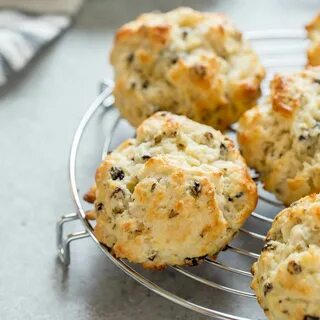
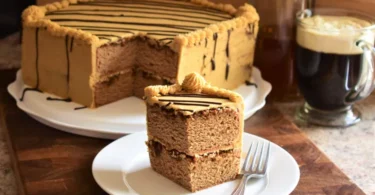
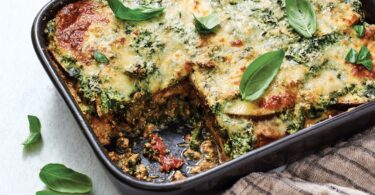
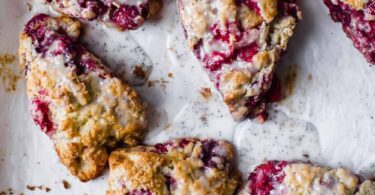
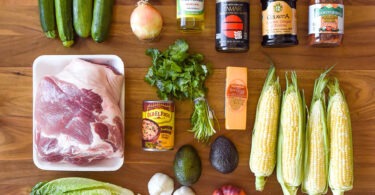
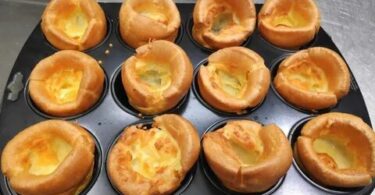

Leave a Comment